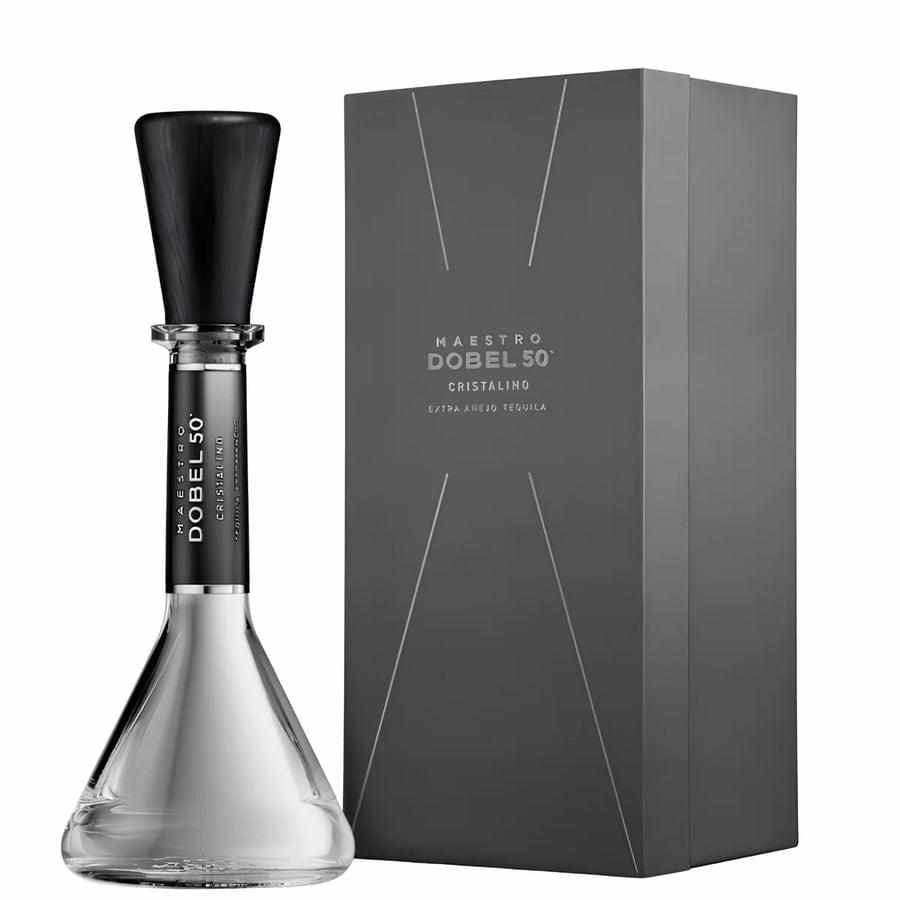
Tequila, a spirit deeply rooted in Mexican heritage, has evolved from a traditional agave-based drink to a refined and complex spirit enjoyed worldwide. Among its various classifications, extra añejo tequila stands out as the pinnacle of craftsmanship and aging. This blog delves into the history of extra añejo tequila and explores the meticulous aging process that defines its exceptional quality.
Understanding Extra Añejo Tequila
Extra añejo tequila, meaning "extra aged," is a category introduced in 2006 by the Consejo Regulador del Tequila (CRT) to distinguish tequilas aged for a minimum of three years in oak barrels. Prior to this, the aging process was less standardized, and the focus was primarily on blanco (unaged) and reposado (rested) tequilas. The introduction of extra añejo allowed for a new dimension of flavor and complexity, aligning tequila more closely with other aged spirits like whiskey and cognac.
The Aging Process: From Agave to Barrel
The journey of extra añejo tequila begins with the careful selection and harvesting of blue Weber agave plants, primarily from the highlands of Jalisco, Mexico. These agave hearts, or piñas, are slow-cooked to convert starches into fermentable sugars. After fermentation, the resulting liquid undergoes double distillation to achieve the desired purity and alcohol content.
Once distilled, the tequila is transferred to oak barrels for aging. The choice of barrel—typically American or French oak—plays a significant role in the flavor profile of the final product. The aging process allows the tequila to absorb compounds from the wood, imparting flavors such as vanilla, caramel, and spice. The interaction between the spirit and the wood also mellows the tequila, resulting in a smoother and more refined taste.
Flavor Profile and Characteristics
Extra añejo tequilas are characterized by their deep amber to mahogany color, a direct result of prolonged aging. The extended contact with oak barrels imparts a rich complexity to the spirit. Tasting notes often include:
Vanilla and caramel: Sweet, dessert-like flavors that provide a smooth entry.
Spices: Hints of cinnamon, nutmeg, and clove add warmth and depth.
Oak: Subtle woodiness that balances the sweetness and adds structure.
Agave undertones: Despite the aging process, the natural flavors of the agave remain present, offering a nod to the spirit's origins.
These characteristics make extra añejo tequila ideal for sipping neat or with a splash of water to open up its aromatic profile.
Comparing Extra Añejo Tequila to Other Aged Spirits
While extra añejo tequila is unique in its own right, it shares similarities with other aged spirits, particularly single-barrel bourbon whiskey. Both undergo extended aging in oak barrels, leading to complex flavor profiles and a smooth finish. However, there are distinct differences:
Aging time: Extra añejo tequila is aged for a minimum of three years, whereas single barrel bourbons can vary widely, often aged between four to twelve years.
Base ingredient: Tequila is made from blue Weber agave, while bourbon is distilled from a mash containing at least 51% corn.
Flavor profiles: While both spirits exhibit notes of vanilla and caramel from the oak, tequila retains more herbal and earthy undertones from the agave, whereas bourbon tends to have richer, sweeter flavors due to its corn base.
These distinctions highlight the unique qualities of extra añejo tequila and its place among other fine aged spirits.
Conclusion
Extra añejo tequila represents the culmination of tradition, patience, and expertise. Its rich history and meticulous aging process result in a spirit that is both complex and refined. Whether enjoyed neat, with a splash of water, or in a sophisticated cocktail, extra añejo tequila offers an unparalleled tasting experience. As the world continues to discover and appreciate this exceptional spirit, its legacy as a symbol of Mexican craftsmanship endures.

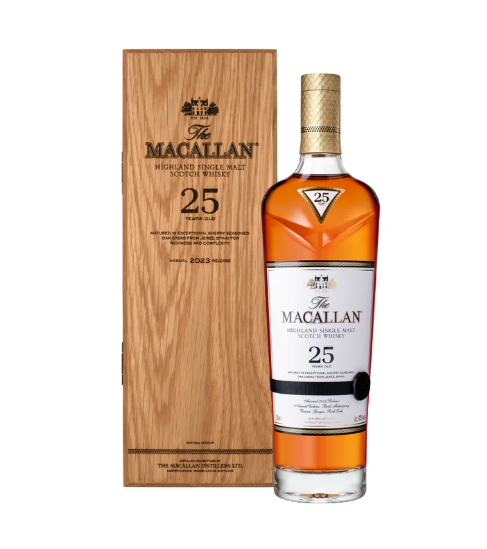
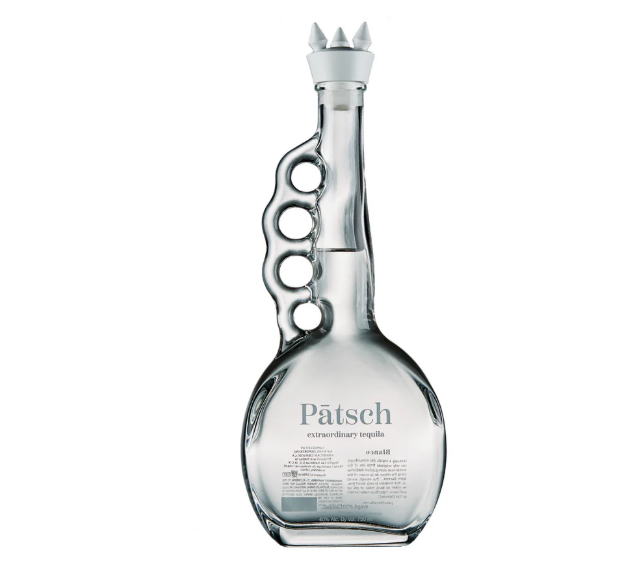
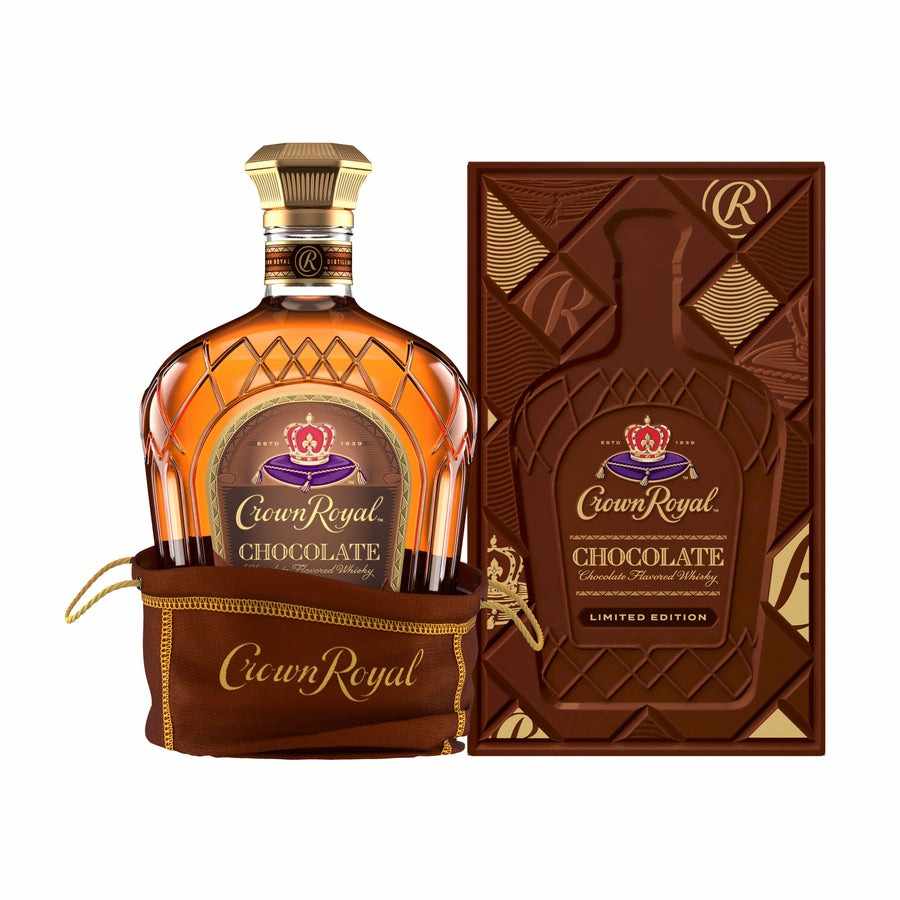
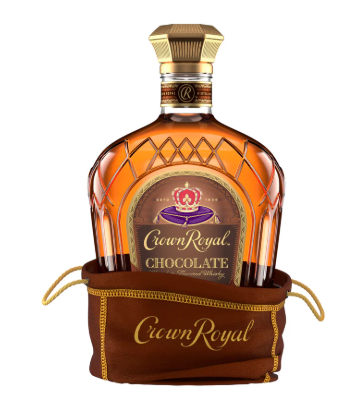


Write a comment ...